Fiery Tea Bag Rockets
Most rockets, like those used for launching into space, require huge amounts of burning propellant to life off the ground. You can launch a tea bag rocket, however, with nothing more than a small flame and the power of convection currents.
Note: This Physics@Home was inspired by an earlier post on the Physics Buzz Blog.
What You Need
- One tea bag (Some brands work better than others. We used Bigelow tea; Lipton tea bags don't work as well).
- A flame source (either a lighter or matches)
- A non-flammable "launch pad"
- Adult supervision
What to Do
- Take your tea bag out of its container, and look for a small staple that connects the paper and string to the actual bag.

- Carefully pull back the staple and remove it from the bag.
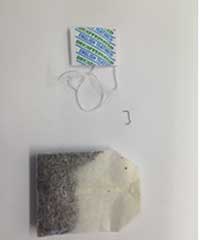
- Unfold the tea bag over a trash can and empty out the tea leaves. Once emptied, your tea bag should be able to lie flat on a surface.
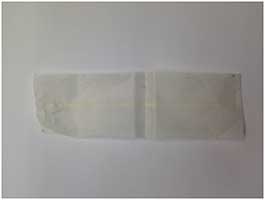
- Rub the material until you can turn the tea bag into a cylinder.
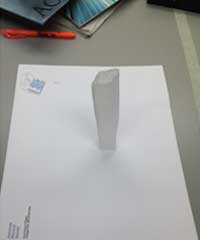
- Place the cylindrical tea bag upright on a non-flammable surface such as ceramic plate or granite countertop. Don't light the tea bag on fire when it's on top of something flammable like paper.
- With adult supervision, light the top of the tea bag on fire and let the flame work its own way down the teabag. Make sure you light the TOP of the tea bag.
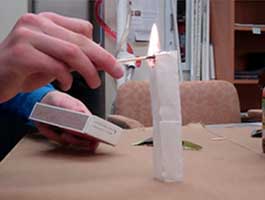
- Sit back, and watch it take off!
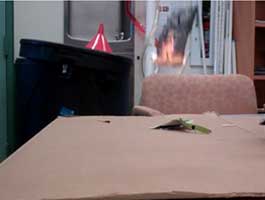
What’s Going On?
As the flame burns down the cylinder, it heats the air inside of the tea bag. When air's temperature increases, so does its volume. Consequently, if the mass of air stays the same but the volume increases, the pressure will have to decrease, making the air less dense. Faster moving air molecules in the hot air will rise and the cooler air will settle beneath them. This flow of rising hot air within the cylinder creates a convection current of air, generating an upward force.
At the same time, the tea bag's mass keeps decreasing as it burns, and the ashen skeleton that remains is much less massive than the original tea bag. Once the flame has burned to the bottom, the convection current provides enough force to lift the remaining ash into the sky.
Try This!
- Using a lighter with a long handle that keeps your hand away from the flame, try igniting closer to the bottom of the tea bag. Does the tea bag rocket still work? If not, why not?
- Try this experiment with a different material like a coffee filter. Can you still generate lift? How might the material affect its ability to fly?














